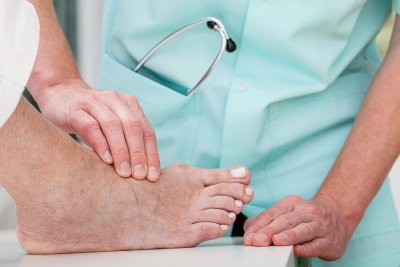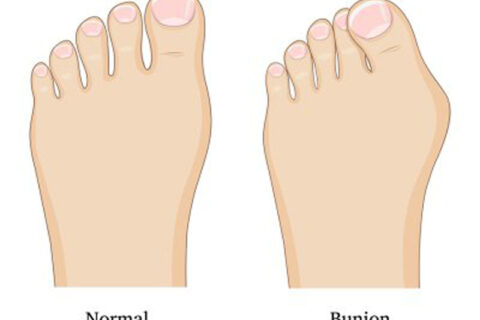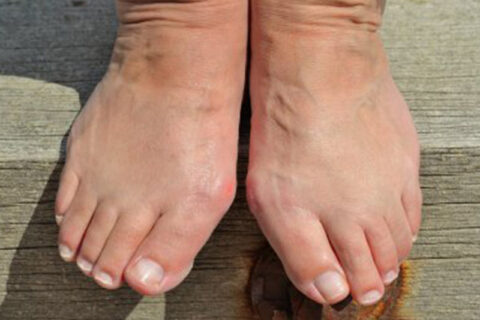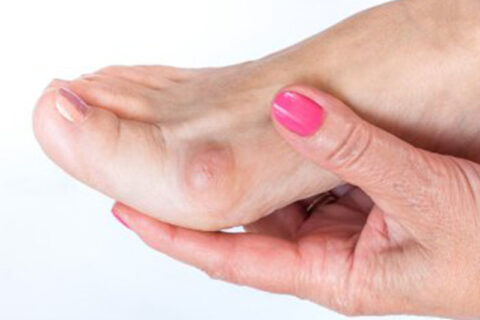Category: Bunions
Foot bunions are deformities that are characterized by the protrusion of a bony bump at the base of the big toe. Sometimes, bunions can be…
After you have undergone bunion surgery in Sugar Land, it’s normal to be anxious to determine if the procedure was effective. Because bunions…
Bunions are more than unsightly. They can also be painful and make it difficult to walk or wear shoes. Although bunions are notorious for coming…
Bunions, which affect women more often than men, might not be dangerous to your overall health, but they are certainly painful. They occur as the…
Bunions can be quite frustrating for patients, especially when they’ve already had bunion surgery once. It isn’t uncommon for initial bunion…
Bunions are a painful foot deformity that may require surgery. Unfortunately, the first surgery doesn’t always fix the problem. If you’re…
Bunions can be a source of ongoing pain and swelling that can affect your ability to walk and perform your daily routine. If you have a bunion, then…
A bunion can cause significant pain and discomfort, and one can even make it difficult for you to walk, if not addressed. If you visit a foot…
During a bunionectomy, your foot doctor will remove the portion of the metatarsal head that is protruding to reduce the foot pain and pressure you…
Bunions—bony protrusions that appear at the base of the big toe—can be extremely painful and may interfere with your mobility. If you suffer…





